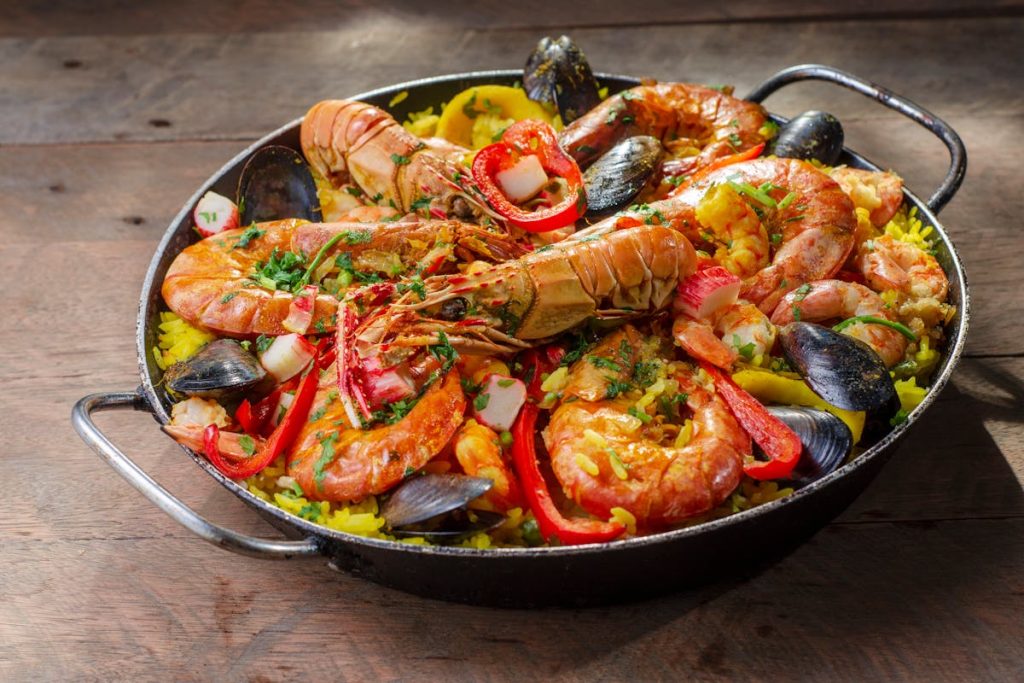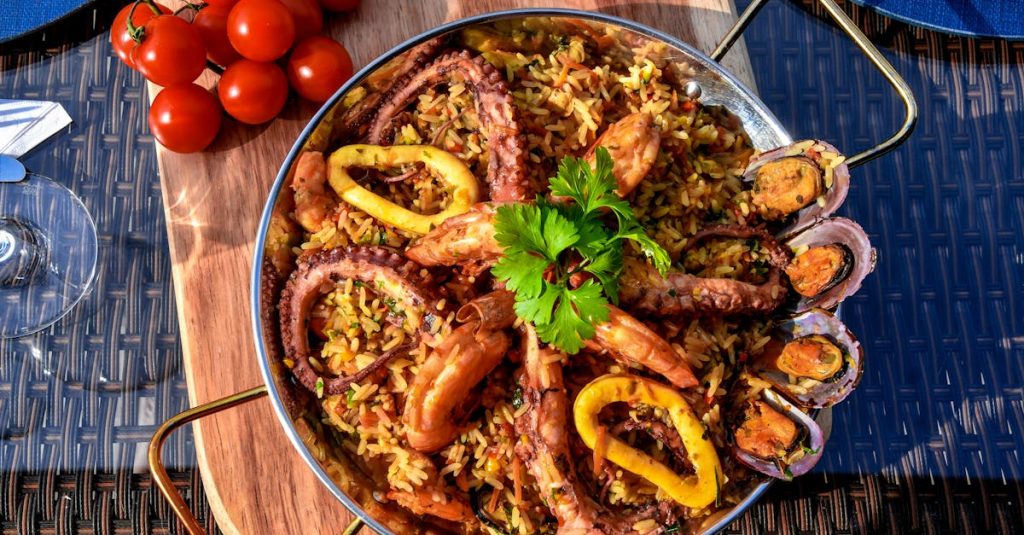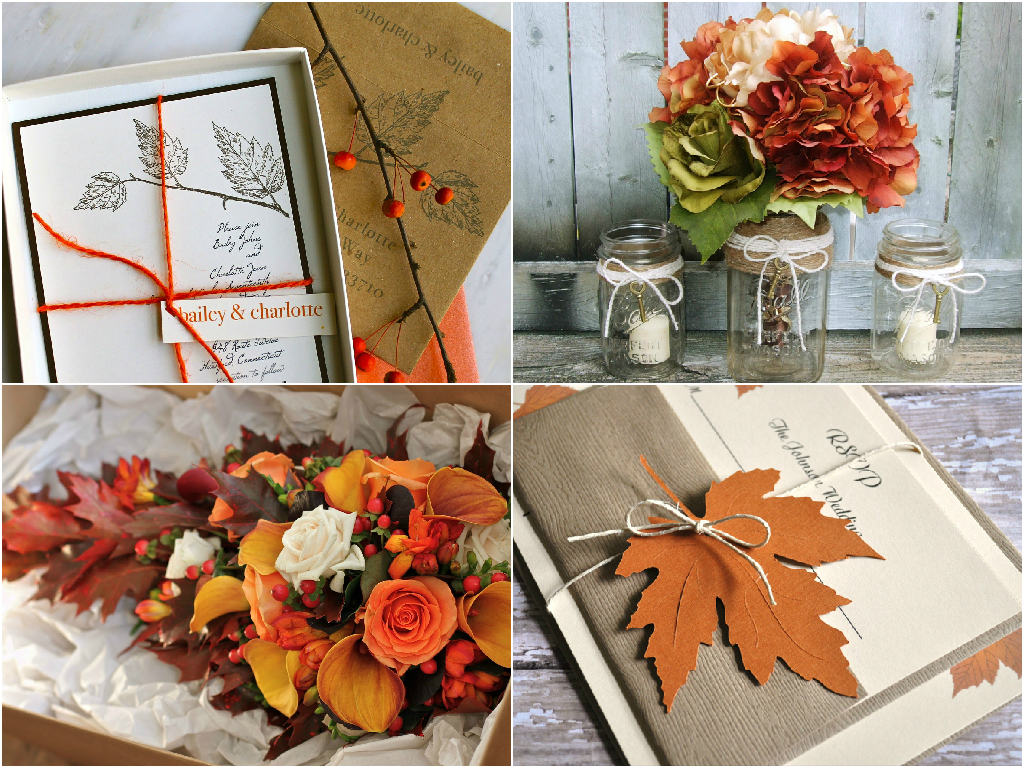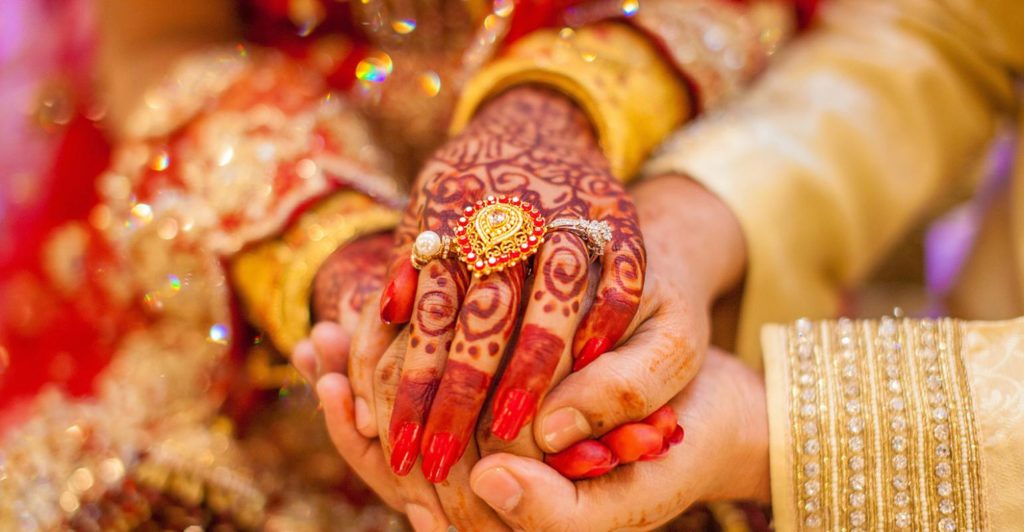When hosting special events, few dishes rival the vibrant and flavorful experience of paella. Originating from Valencia, Spain, paella is more than a meal; it’s a shared celebration. This article explores why paella is an excellent choice for large gatherings, how to prepare it, and tips for success.
Why Choose Paella for Your Event?
Paella offers numerous advantages, making it a standout option for special occasions. Its appeal extends beyond taste, fostering a communal dining experience.
A Feast for the Senses
A well-made paella is visually stunning. Its vibrant colors, from saffron yellow to the rich reds of bell peppers, invite guests to indulge. The tantalizing aromas of garlic, seafood, and smoky paprika create an inviting atmosphere. The impressive presentation, served directly from the pan, makes it an eye-catching centerpiece.
Flexibility and Customization
Paella is incredibly versatile. It can be adapted to suit various preferences, including meat lovers, seafood enthusiasts, and vegetarians. Traditional recipes may include chicken, shrimp, and shellfish, while vegetarian versions feature seasonal vegetables. This flexibility allows hosts to accommodate diverse dietary needs without compromising flavor.
Efficient Preparation for Large Groups
A single paella can easily feed many people, making it practical for large events. Focusing on one impressive dish simplifies kitchen tasks compared to juggling multiple courses. As a one-pan meal, it also reduces cleanup, allowing hosts more time to celebrate with guests.
Essential Ingredients for the Perfect Paella
High-quality ingredients are key to creating an authentic and impressive paella. Here are the essentials:
- Short-grain rice (like Calasparra or Bomba)
- Saffron strands
- Seafood (shrimp, mussels, and fish)
- Meat (chorizo, chicken, rabbit)
- Vegetables (bell peppers, peas, tomatoes)
- Olive oil
- Chicken or seafood broth
Steps to Create a Memorable Paella
Here’s a straightforward method for preparing a delicious paella for a crowd:
Preparation
Gather all ingredients beforehand for a smoother cooking process. Cut proteins into bite-sized pieces, and measure the rice and broth. Soaking saffron in warm water enhances its flavor and color.
Cooking Method
Heat olive oil in a wide, shallow pan. Sauté onion and garlic until fragrant. Add meats, stirring until browned. Introduce seafood, cooking until pink. Add rice, broth, saffron, and smoked paprika. Simmer gently until the rice absorbs the liquid, usually for 20-25 minutes.
Achieving the Perfect Socarrat
The socarrat, the crispy bottom layer, is a prized element of paella. To achieve it, briefly increase the heat at the end of cooking. Listen for a sizzling sound, then turn off the heat and let it rest for a few minutes. This creates a caramelized crust that enhances both texture and flavor.
Recommended Paella Pan Sizes
The right pan is crucial for even cooking and achieving the perfect socarrat. Here’s a comparison of pan sizes and their typical serving capacity:
|
Pan size (in inches) |
Servings |
|
12″ |
2-4 |
|
20″ |
6-8 |
|
24″ |
10-12 |
|
28″ |
15-20 |
|
36″ |
25-30 |
Sides and Pairings
Complementing paella with suitable sides enhances the dining experience. Consider offering:
- Crusty bread
- A fresh green salad
- Chilled sangria or Spanish wine
Tips for Serving Your Paella
Serve the paella directly from the pan for an interactive experience. Encourage guests to serve themselves from the pan, fostering a communal atmosphere that complements the dish.
Paella is a great option for any special event. Its rich flavors and flexibility suit both small and large gatherings. For a stress-free experience, let a professional restaurant handle the catering. Focus on your guests while they prepare a delicious dish everyone will enjoy.





